Applications to control or completely eliminate :
Algae growth:
- String algae (fibrous, filament or slime algae)
- Floating algae (zweefalgen), responsible for the green coloration
- Blue algae or cyanobacteria such as :
- microcystis
- planktothrix
- anabaena
See: https://www.wur.nl/nl/Programme-SDG-conference-2018/Wat-zijn-blauwalgen.htm
They produce the toxic microcystine. (drinking water limit: 1µg/l, recreational use: max. 20µg/l allowed)
Other undesired contaminants:
- Intestinal enterococci ( faecal streptococci, contamination with sewage waters). Depending on the use of the water, the concentration is best to be kept below 700kve/100ml
-
Escherichia coli. When the level exceeds 200kve/100ml, the likelihood of presence of pathogens becomes dangerously high.
Spreading of these bacteria can be stopped by removing their food supply contained within the biofilm (=nutrient starvation).
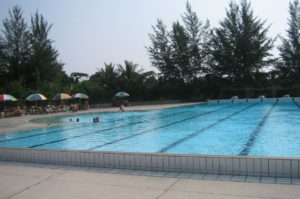
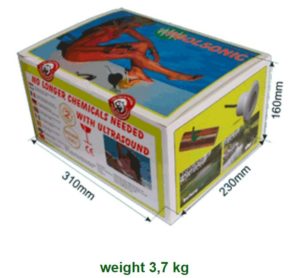
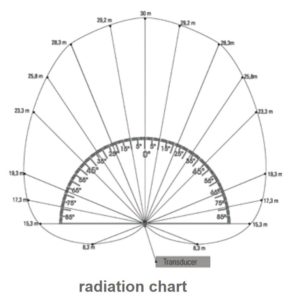
Option: flush mounted transducer in pool wall.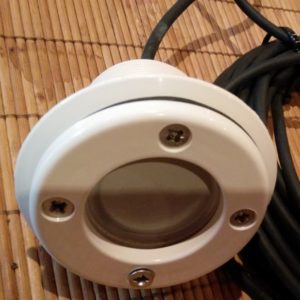
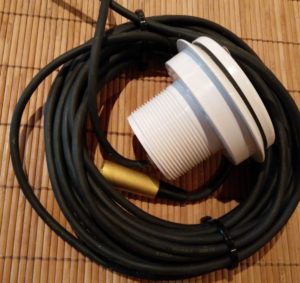
The quality of some fresh water ponds becomes unacceptable for recreational use due to toxins such as Microcystins (cyanoginosins) that are produced by some types of bleu algae.
Example: fish pond at Rumst, Belgium. Cured from Bleu Algae. (cyanobacteria)
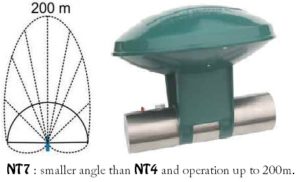
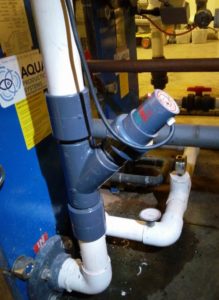
Biosonic installed at a fish nursery:
Study : Effects of ultrasound on fish , Hoogheemraadschap van Rijnland , 2007 . www.VisAdvies.nl
Fire water reservoirs can also be treated to control undesired algae growth.
